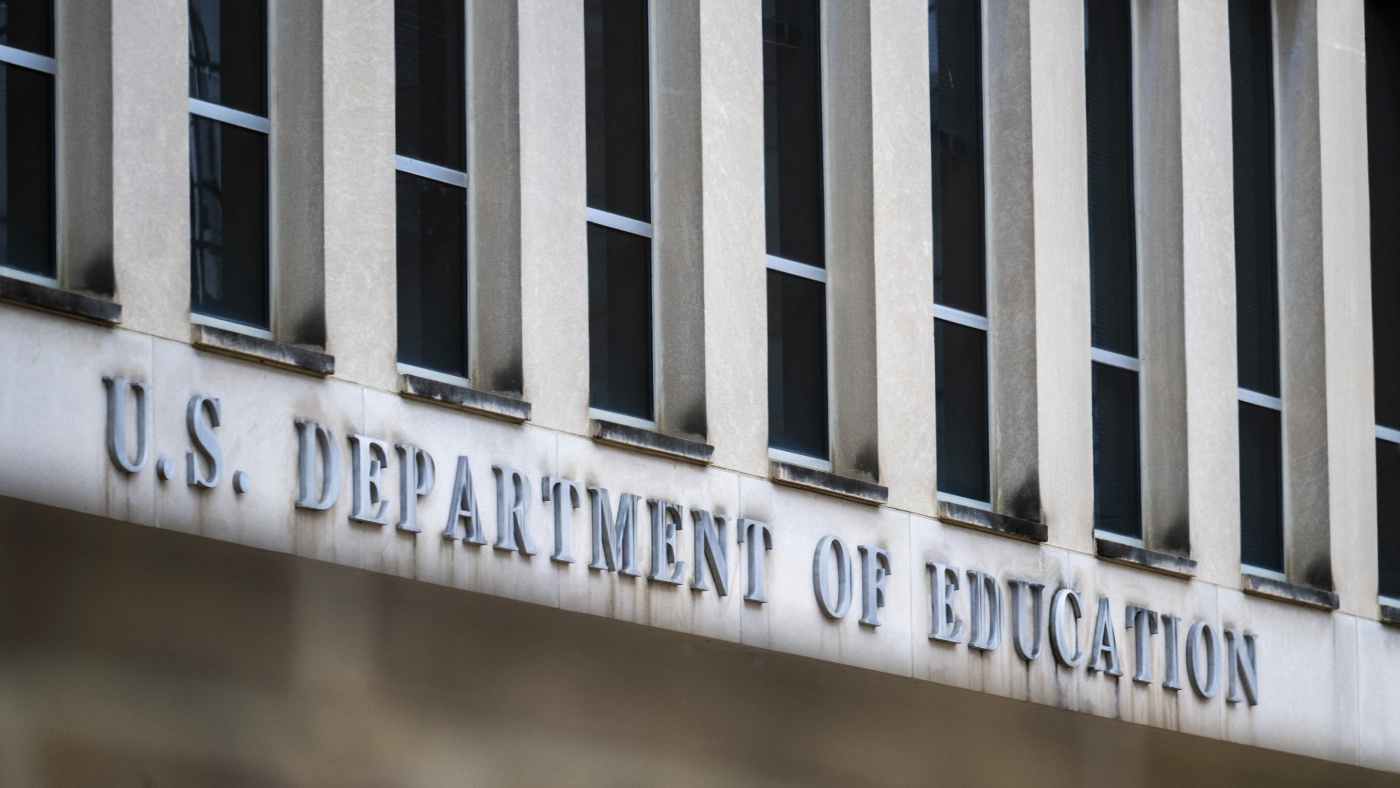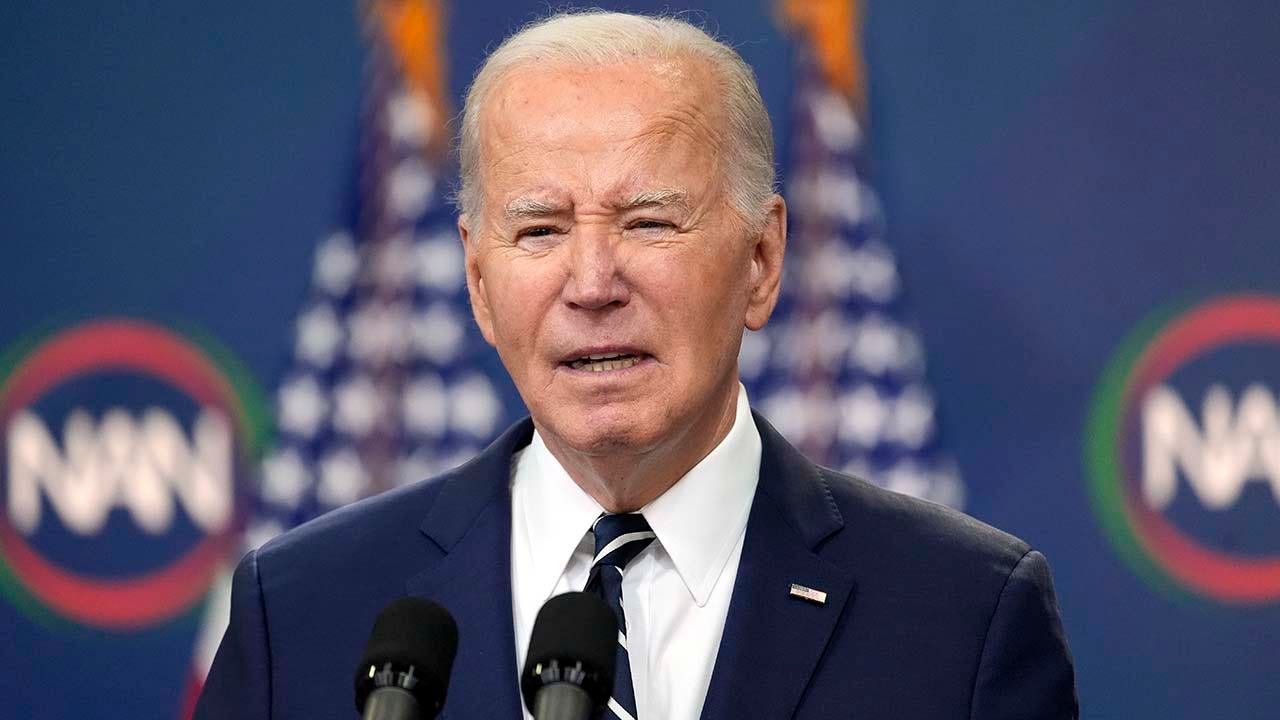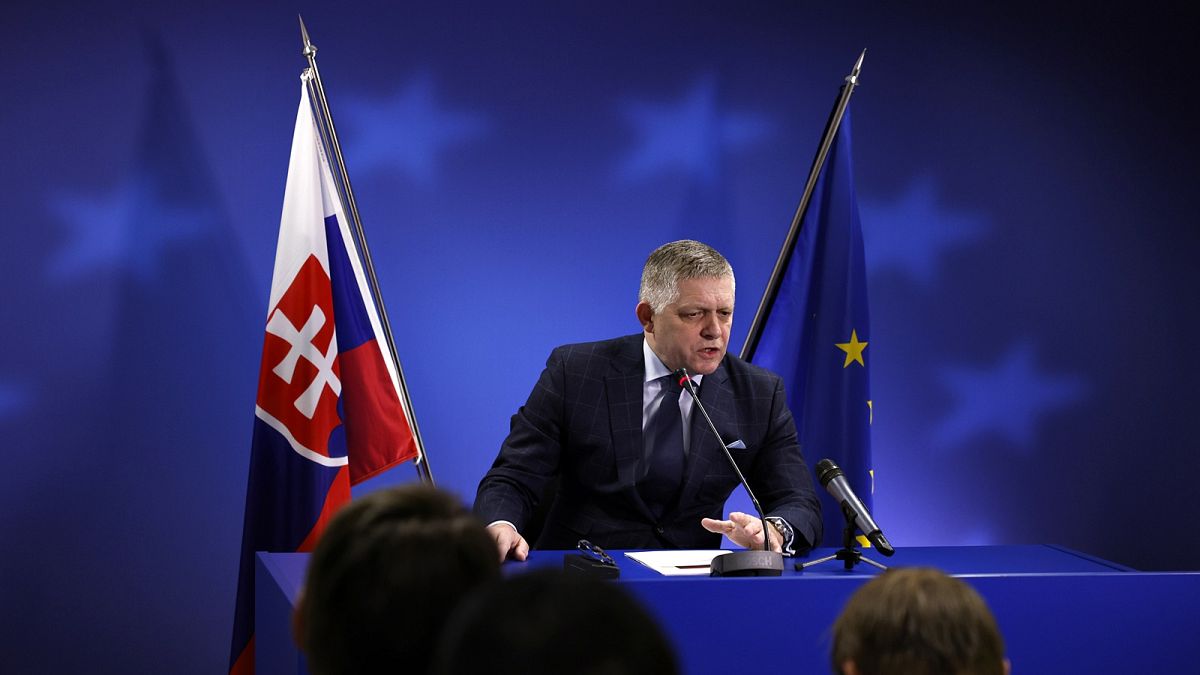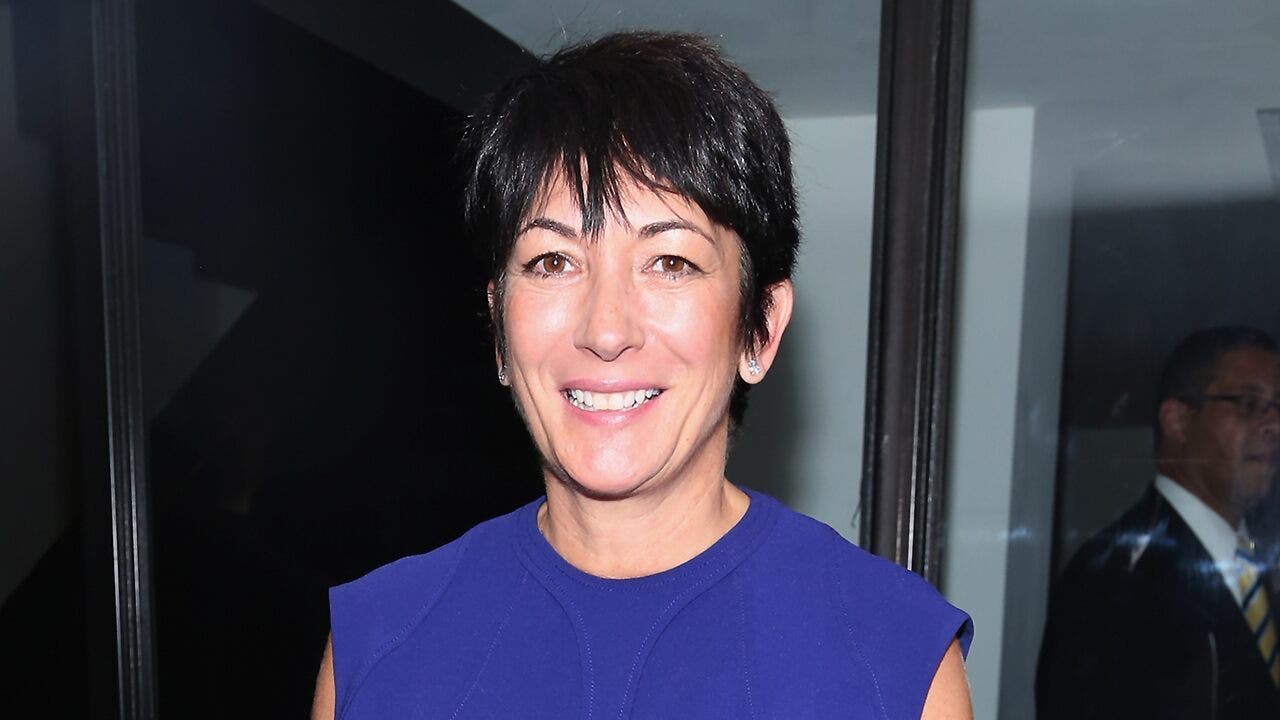Donald Trump appeared at his first campaign rally on Saturday since surviving an assassination attempt, joined on stage by his newly selected running mate JD Vance.
Exactly one week after a shooter’s bullet narrowly missed Trump’s head at a rally in Butler, Pennsylvania, the former president looked relaxed as he rallied thousands of supporters on Saturday night in Grand Rapids, Michigan.
“I shouldn’t be here. I shouldn’t be here,” Trump said on Saturday, arguing God had saved his life. “But something very, something very special happened, let’s face it.”
Trump was introduced on stage by Vance, the 39-year-old Ohio senator who he formally selected as his vice-presidential pick on Monday, at the start of a four-day Republican National Convention that was dominated by the fallout from the shooting.
“I don’t think there has ever been a convention where there was such unity and love,” Trump said on Saturday. “The fake news even said it that way. I want to be nice.”
Trump formally accepted his party’s nomination for president for a third time at the convention in a lengthy speech that appealed for national unity in the wake of the shooting. But the former president soon veered off script, and his record-setting 92-minute speech was rife with the “America First” message and often divisive rhetoric that appeals to his base of supporters but risks turning off swing voters. He stepped up those attacks on Saturday.
Trump’s decision to make Vance his running mate has been widely seen as part of an effort to win over white, working-class voters in key Midwestern swing states, including Michigan, Wisconsin and Pennsylvania. Vance shot to national fame in 2016 with the publication of his memoir Hillbilly Elegy, about his poverty-stricken childhood in nearby Ohio.
“You know, I chose him because he is for the worker, he is for the people that work so hard, and perhaps weren’t treated like they should have been,” Trump said on Saturday.
The Trump campaign has until now provided little information about the former president’s medical condition after the shooting. At the Republican convention this week in Wisconsin, Trump could be seen each night wearing a gauze bandage on his right ear.
Trump appeared on stage in Grand Rapids wearing a smaller bandage on Saturday.
Hours before the Michigan rally, Texas congressman Ronny Jackson, who was Trump’s White House physician, published a letter saying he had been evaluating and treating Trump daily since the shooting.
Jackson said the assassin’s bullet came “less than a quarter of an inch” from entering Trump’s head, and “struck the top of his right ear”.
The congressman added the “bullet track produced a 2cm wide wound that extended down to the cartilaginous surface of the ear,” and there had been “initially significant bleeding, followed by marked swelling of the entire upper ear”.
Jackson said the swelling had gone down and the wound, which did not require stitches, was beginning to heal. But he added that given there was “still intermittent bleeding,” Trump would continue to wear a bandage for the time being.
Trump’s return to the campaign trail comes at a time of unprecedented polling strength for the former president, who has opened up a lead in national and swing state opinion polls over his Democratic opponent, US President Joe Biden. Betting markets this week put the odds of Biden winning re-election at an all-time low.
Biden’s campaign has been in a tailspin for more than three weeks, since the 81-year-old president’s disastrous debate performance raised questions about his fitness for office. Democratic lawmakers, influential donors and party operatives have worked behind the scenes and increasingly gone public with their efforts to pressure the president to abandon his re-election bid.
Biden, who has not been seen in public since Wednesday and is at his Delaware holiday home recovering from Covid-19, has insisted that he is staying in the race for the White House. But his defiance has done little to quell speculation about who might replace him on the top of the ticket.
On Saturday night, Trump polled the arena in Grand Rapids, asking: “Who would you most like to run against if you’re us, if we want to win?” That prompted boos from the crowd as the former president asked about Biden and his vice-president, Kamala Harris.
“[Democrats] have a couple of problems,” Trump said with a laugh. “Number one, they have no idea who their candidate is, and neither do we.”





























